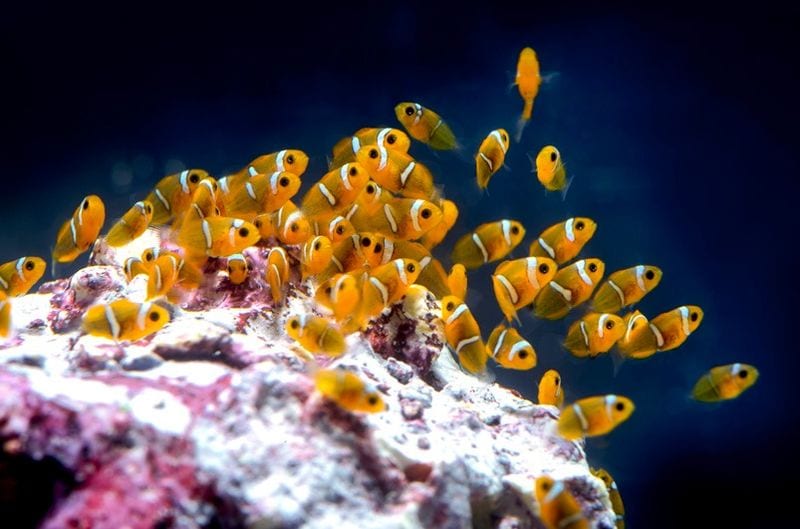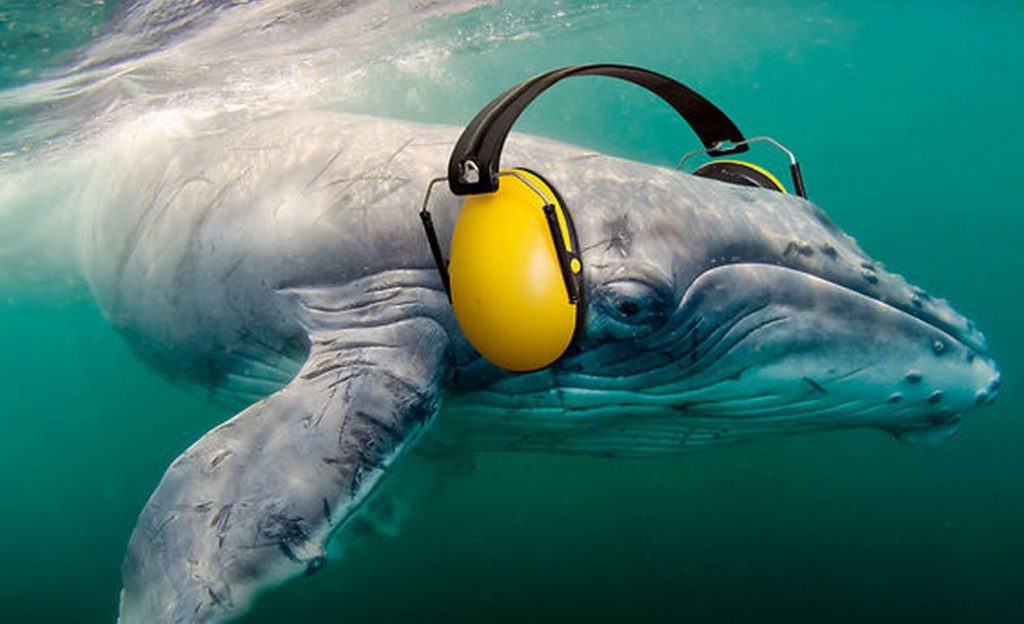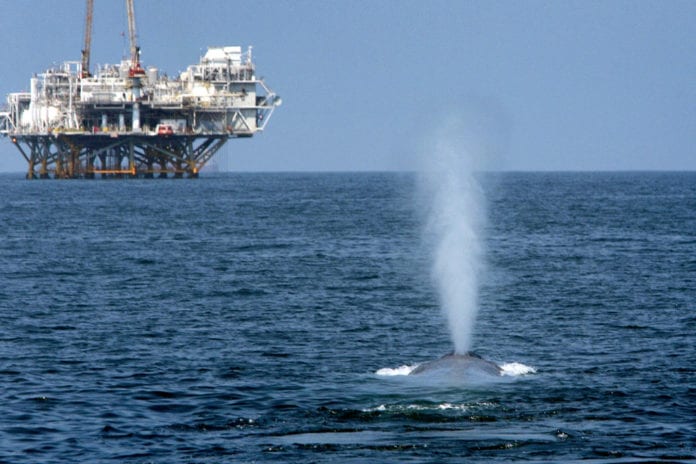Introduction
There are several noises in the ocean. A healthy reef makes the sound of snapping, grunting, gurgling and croaking among many other sounds. These sounds help fish find their way in the ocean. Take a clownfish for example; they are conceived on the reef, but the larvae aimlessly drift in the open ocean.

When the clownfish grows larger and is capable of swimming, they find their way back home. Even though they are unable to see the reef, they can hear its sounds. They rely on these noises in the ocean to go back to the reef, where they will spend the rest of their lives.
However, the ocean has become an increasingly noisy place now. Our ships, seismic surveys, drilling activities, speedboats etc. have contributed to making the ocean noisy, which is not bearable by marine life. A paper published in the journal Science sheds light on the prevalence and intensity of the impacts of anthropogenic noises in the ocean. The paper has resulted from a collaboration of 25 authors from across the globe and various fields of marine acoustics. It is the largest analysis of the evidence on the effects of oceanic noise pollution.
The sounds created by humans drown out the natural sounds of the ocean, which disturb and is stressful for marine life. Baby clownfish can get lost in the ocean amidst these sounds, unable to find their way home.
“The cycle is broken,” said Carlos Duarte, a marine ecologist at the King Abdullah University of Science and Technology in Saudi Arabia and the lead author on the paper. “The soundtrack of home is now hard to hear, and in many cases has disappeared.”
Anthropogenic noises in the Ocean
Dr Duarte explained that visual cues inside the ocean disappear after tens of yards, while chemical cues dissipate after hundreds of yards. Whereas, sound can travel thousands of miles and connect animals across the ocean in the darkness. Hence, various marine animals have been adapted to communicate with sound.
Christine Erbe is the director of the Center for Marine Science and Technology at Curtin University in Perth, Australia, and an author on the paper. She said that scientists have known about the anthropogenic noises in the ocean and its impact for around a century. But previously, research was mostly focused on how noise affects marine life and how they respond to these temporary noises. For example, a whale taking a detour during its migration around oil rigs.

The researchers analyzed more than 10,000 papers in order to make sure they’ve captured every bit of marine acoustics research from the previous few decades. They observed patterns which pointed to the adverse effects anthropological noises in the ocean has on marine life.
Adapting to these sounds, marine life swim or crawl away from it, which means that some animals are more successful than others. But if the noise is more permanent, then some animals leave completely. These evacuations lead to a reduction in population since more and more animals give up their space and fight for the same pools of resources. Species like the endangered Maui dolphin which are bound to limit biogeographic ranges have nowhere else to go. Dr Duarte said, “Animals can’t avoid the sound because it’s everywhere.”
Further Reading:


